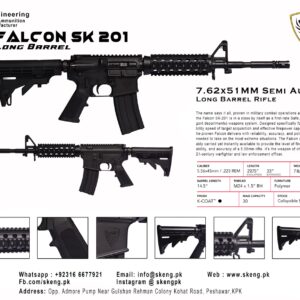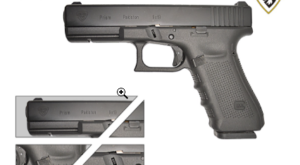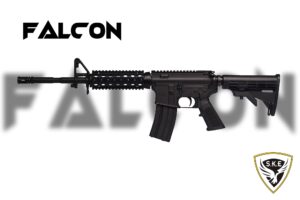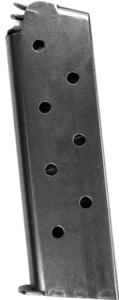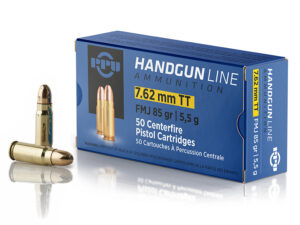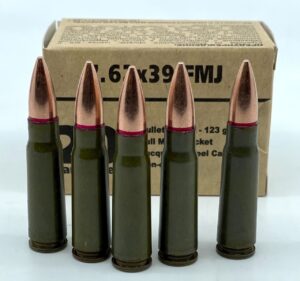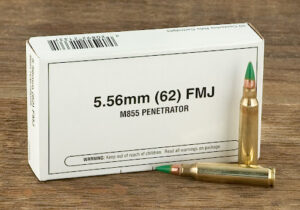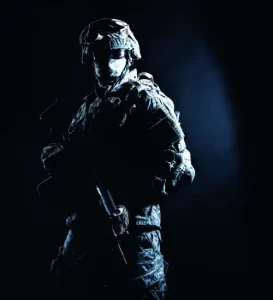Weapons in Pishin: Exploring the Arsenal and Impact
In the rugged terrains of Pishin, a district in the Balochistan province of Pakistan, the echoes of history resonate with tales of conflict and conquest. Amidst its stunning landscapes and rich cultural heritage, Pishin has also been a region marked by the presence and use of weapons throughout its history. From traditional arms carried by tribesmen to modern firearms shaping contemporary dynamics, the story of weapons in Pishin is as complex as it is compelling.
Historical Context:
The history of weapons in Pishin dates back centuries, intertwining with the region’s socio-political fabric. In ancient times, Pishin served as a crossroads for trade and conquest, attracting various empires and armies. The use of weapons, ranging from swords and spears to bows and arrows, was intrinsic to warfare and defense in this strategic locale.
During the colonial era, Pishin witnessed the introduction of firearms by European powers vying for control over the region. The advent of rifles and cannons transformed the dynamics of conflict, leading to significant upheavals and resistance movements among the local populace.
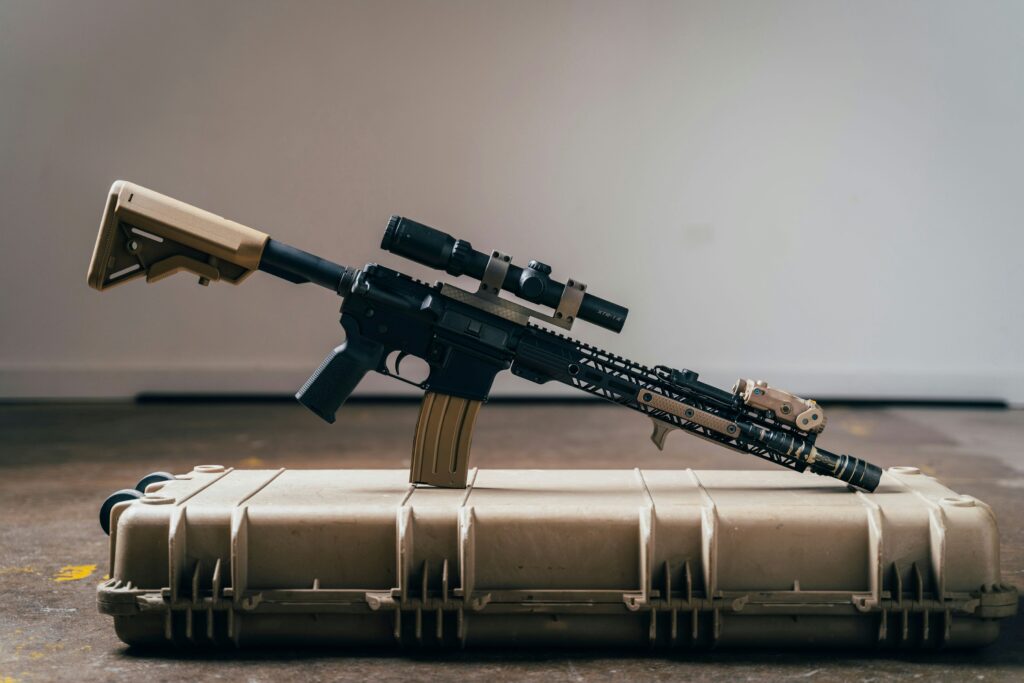
Traditional Arms and Culture:
The traditional culture of weapons in Pishin is deeply intertwined with the art of weaponry. For generations, tribesmen have crafted and wielded an array of traditional arms, including the renowned Balochi sword known as the “Pattah.” These weapons symbolize not only martial prowess but also cultural identity and heritage.
The significance of traditional arms extends beyond mere tools of warfare; they are emblematic of honor, bravery, and tribal affiliations. The intricate designs and craftsmanship of these weapons reflect the rich artistic traditions passed down through generations, serving as both functional tools and cherished heirlooms.
Modern Challenges:
In contemporary times, Pishin grapples with a new set of challenges related to weapons and security. The proliferation of modern firearms, often smuggled across porous borders, has contributed to a rise in crime, insurgency, and sectarian violence in the region.
Moreover, the influx of weapons from neighboring conflict zones exacerbates existing tensions and poses a formidable challenge to law enforcement agencies. Efforts to curb illicit arms trafficking and promote disarmament face significant hurdles amidst socio-economic disparities and political instability.
Impact on Society:
The presence of weapons in Pishin has profound implications for its society and development. On one hand, the culture of arms serves as a symbol of resilience and identity for many residents, rooted in centuries-old traditions of honor and defense. On the other hand, the proliferation of firearms fuels violence and undermines efforts towards peace and progress.
Communities in Pishin grapple with the dual realities of heritage and insecurity, navigating a delicate balance between preserving cultural practices and mitigating the harmful effects of weaponization. Initiatives aimed at promoting education, economic opportunity, and conflict resolution are essential for addressing the root causes of violence and promoting sustainable development.
Future Prospects:
As Pishin looks towards the future, addressing the complex dynamics of weapons requires a multifaceted approach encompassing security, governance, and socio-economic development. Strengthening institutions, enhancing border security, and fostering dialogue among diverse stakeholders are crucial steps towards building a peaceful and prosperous future for the region.
Investments in education, vocational training, and community empowerment can provide viable alternatives to violence and extremism, empowering individuals to contribute positively to society. Furthermore, leveraging technology and innovation for conflict resolution and peacebuilding efforts holds promise for addressing the root causes of conflict and fostering reconciliation.
Conclusion:
The story of weapons in Pishin is a testament to the enduring legacy of conflict and resilience in the region. From ancient battles to modern-day challenges, the presence of arms shapes the socio-political landscape and cultural identity of Pishin. By addressing the root causes of violence and investing in sustainable development, Pishin can chart a course towards peace, prosperity, and progress for generations to come.
-
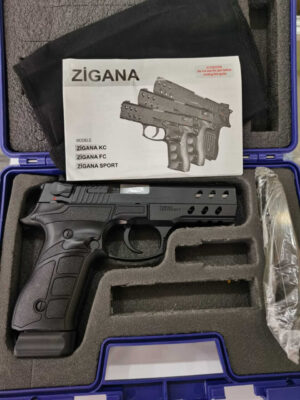
zigana original 9mm pistol price in pakistan
Read more -
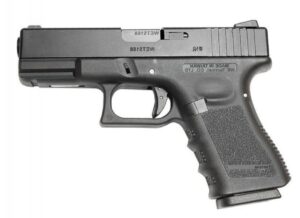
SK 19 Pistol
Read more -

S.K Phantom 30
Read more -
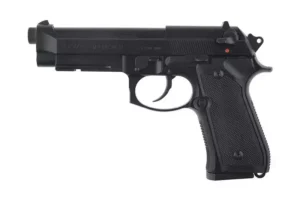
S.K Scout 9×19
Rated 3.50 out of 5Read more -

S.K PRISM 9X19
Read more -
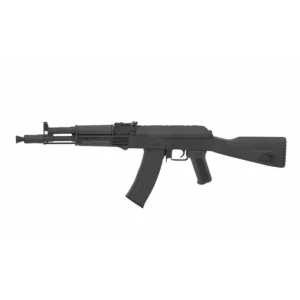
S.K Eagle 223
Read more -
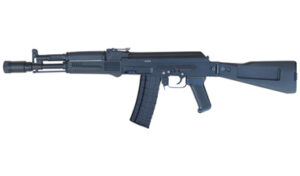
S.K EAGLE 7.62×51
Read more -

S.K Eagle 7.62×51 COMPACT
Read more -

S.K EAGLE 7.62×51
Read more -
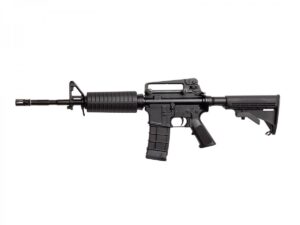
S.K FALCON 5.56×45
Read more -
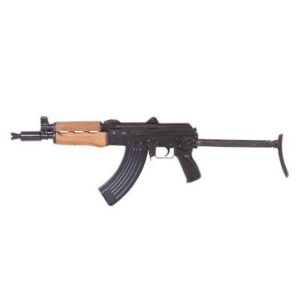
S.K.E Al-Badr 762V3 Compact
Read more -
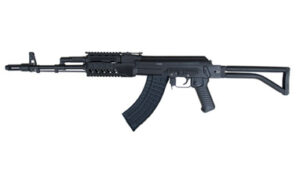
S.K.E Al-Badr 762V1
Read more -
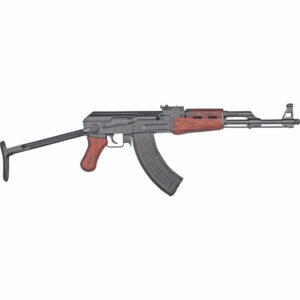
S.K.E Al-Badr 762V2
Read more -

MAG SK 9X19 V1
Read more -

MAG SK 5.56X45
Read more -
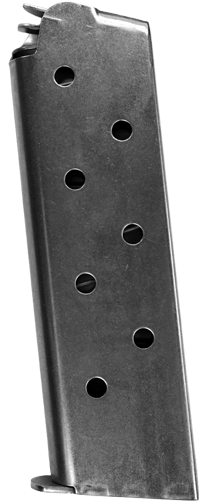
MAG SK 30
Read more


